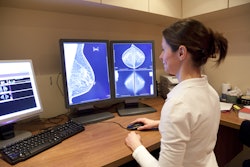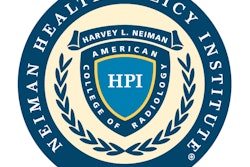Research into the prevalence of nonphysician practitioners (NPPs) in primary care shows a troubling trend in Medicare reimbursement that could threaten access to physicians, a new study from the Harvey L. Neiman Health Policy Institute revealed.
Physician reimbursement per Medicare patient decreased by 2.3% between 2005 and 2021, despite a concurrent increase of 45.5% in physician services to each patient, reported Eric Christensen, PhD, and colleagues for the journal INQUIRY: The Journal of Health Care Organization, Provision, and Financing.
The authors highlighted that volume increases, inflation, statutory freezes in physician payments, and the budget neutrality requirement for the Medicare Physician Fee Schedule (MPFS) have combined to create persistent inflation-adjusted conversion factor decreases. Total MPFS reimbursement was $108.1 billion in 2005 and $149.5 billion in 2021: a 38.3% nominal increase.
The study noted that across provider types, NPPs had the largest overall growth in volume per beneficiary. NPPs saw relative value unit (RVU) growth per beneficiary of 328.2%; the largest increase in inflation-adjusted reimbursement per beneficiary was 206.5%.
Between 2005 and 2021, there has been a redistribution of reimbursement across provider types with reimbursement declining 2.3% for physicians, while it increased over three times for NPPs, Christensen and colleagues wrote, adding that there has been substantial growth in the number of nurse practitioners and physician assistants in recent years. In addition, payments to limited-license physicians increased by 16.3%, and payment to medical suppliers increased by 44.4%.
The study provides important information on how Medicare reimbursement per fee-for-service beneficiary has been redistributed across specialties given the budget neutrality requirement, the institute said. Future research should assess the impact of specialty-specific reimbursement changes on patients’ access to care, the authors noted.
Read all the details here.



















